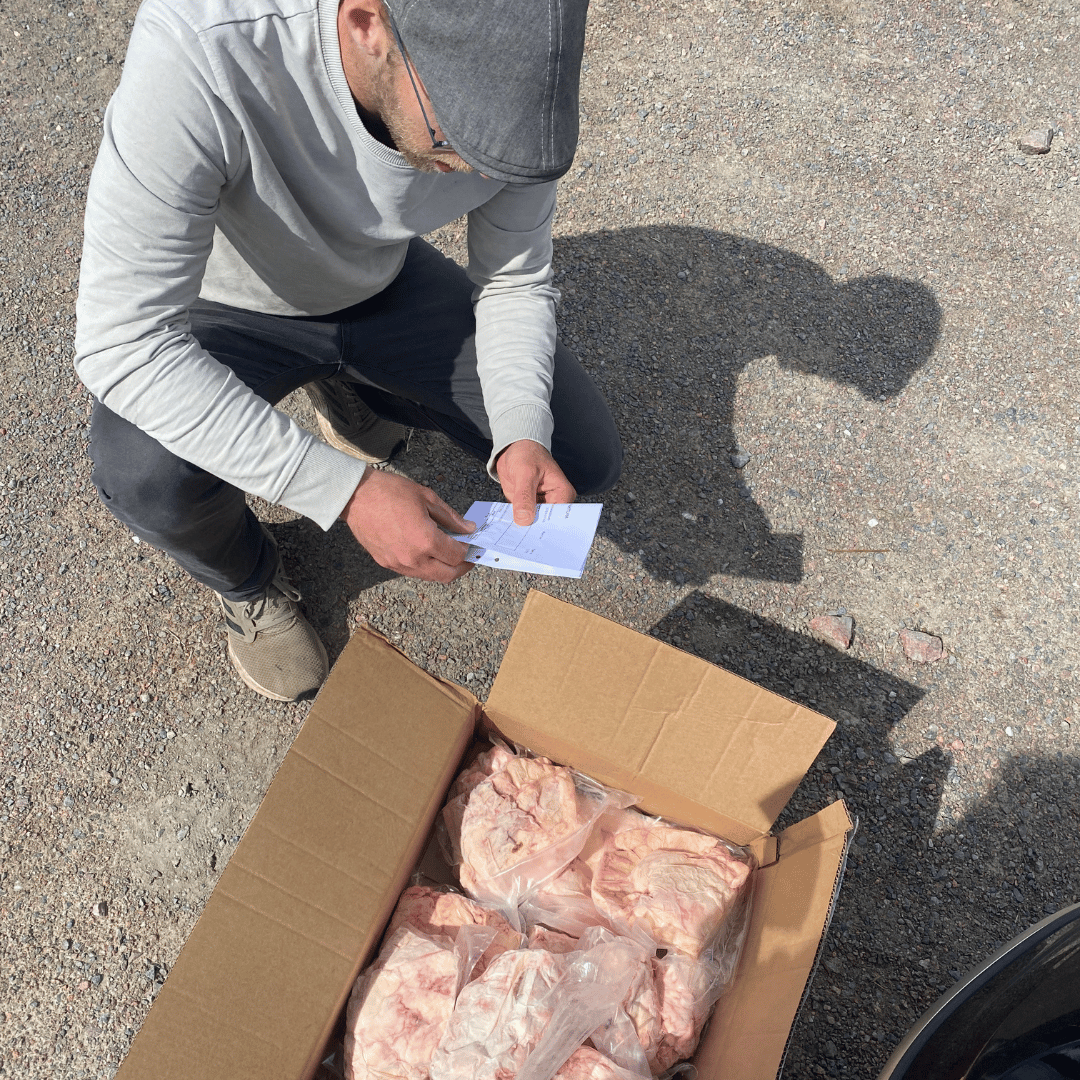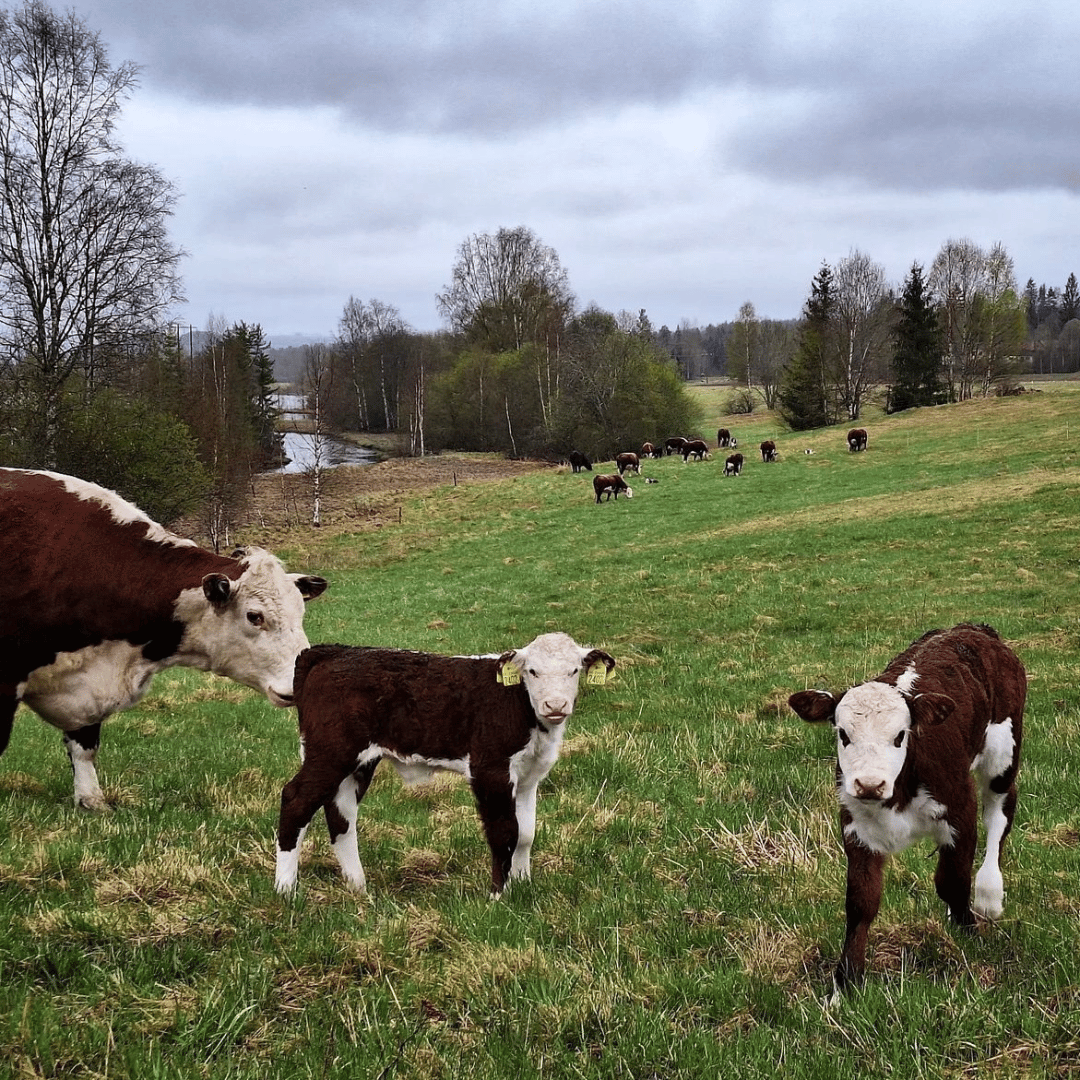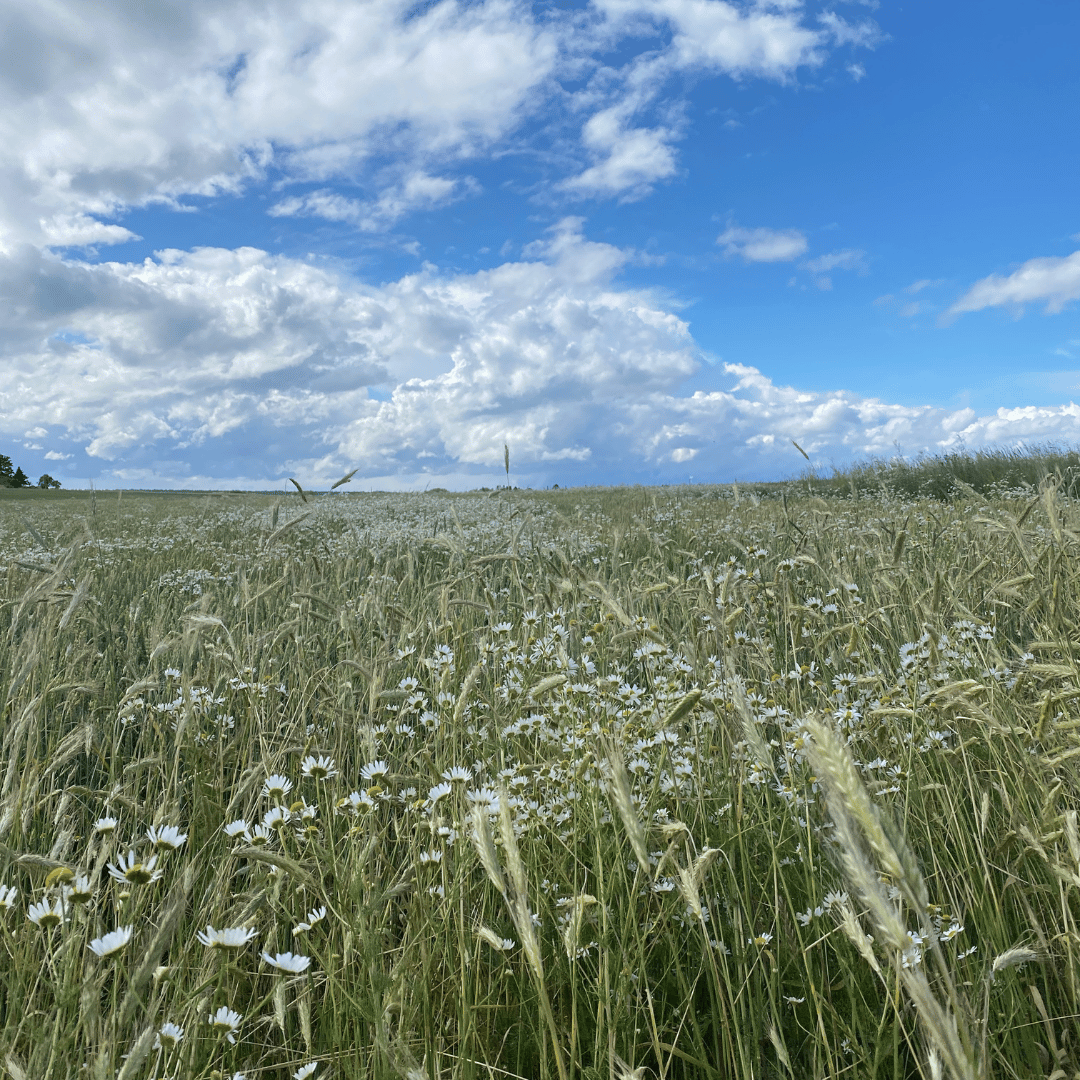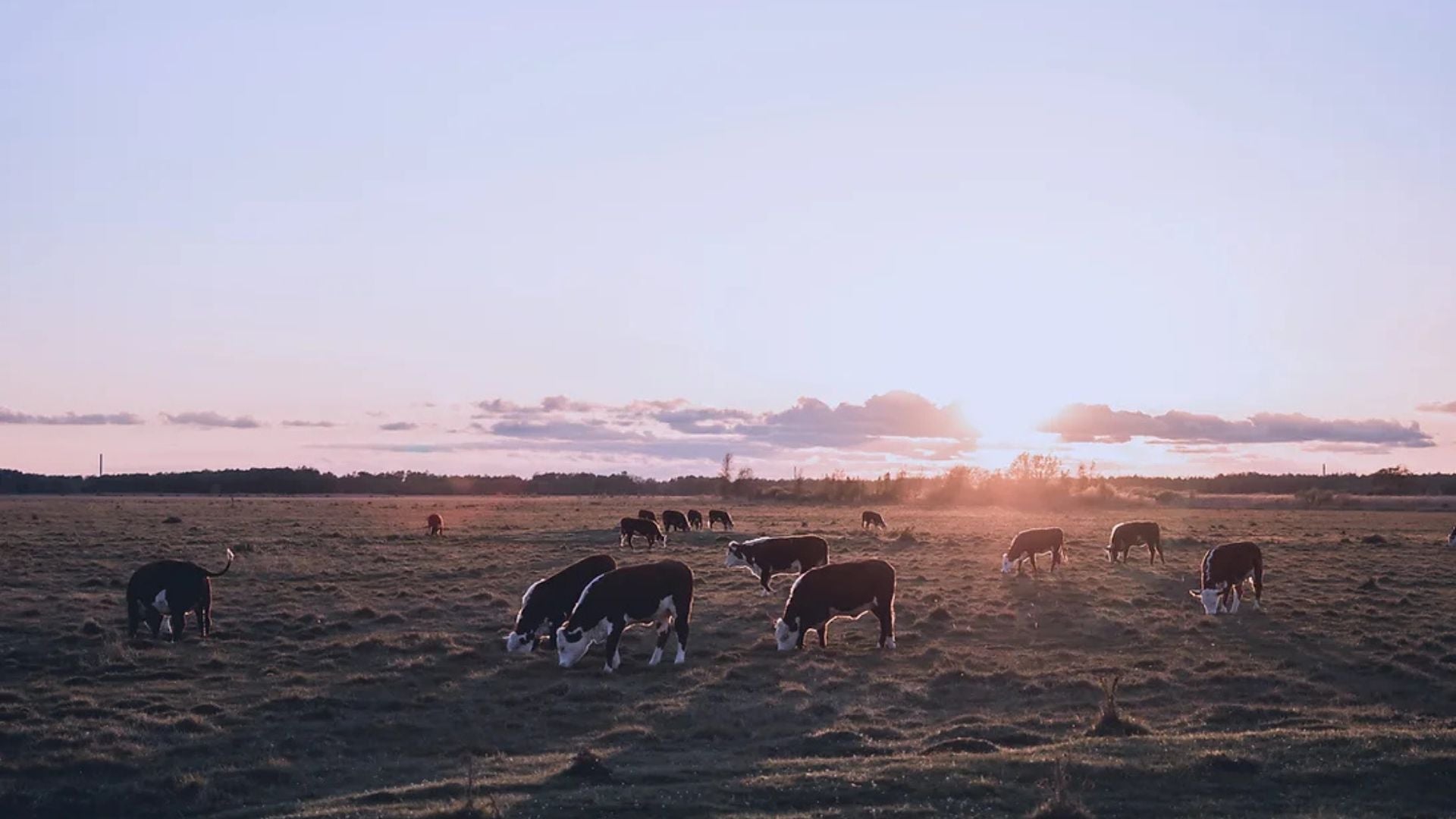

More tallow for the people
Welcome to Sweden's first tallow-based skin care. Since 2021, we have been able to offer a unique skin care based on Swedish beef tallow. Carefully made in Sweden and without additives or preservatives. Read our 1500+ reviews and learn more about tallow's wonderful properties.
"Even though the workers in this desert where the plants are cultivated did not use gloves, their hands were soft and not dry or calloused"
Andrew Gardner, Vintage Traditions - about how they discovered that the Mexican workers used tallow to lubricate their hands.
-
Since 2021
Sweden's first skin care with Swedish grass-fed sebum
-
+1500 Tallow lovers
Sebum products tested and loved by many
-
 Circular economy
Circular economyWe save a raw material and reduce waste


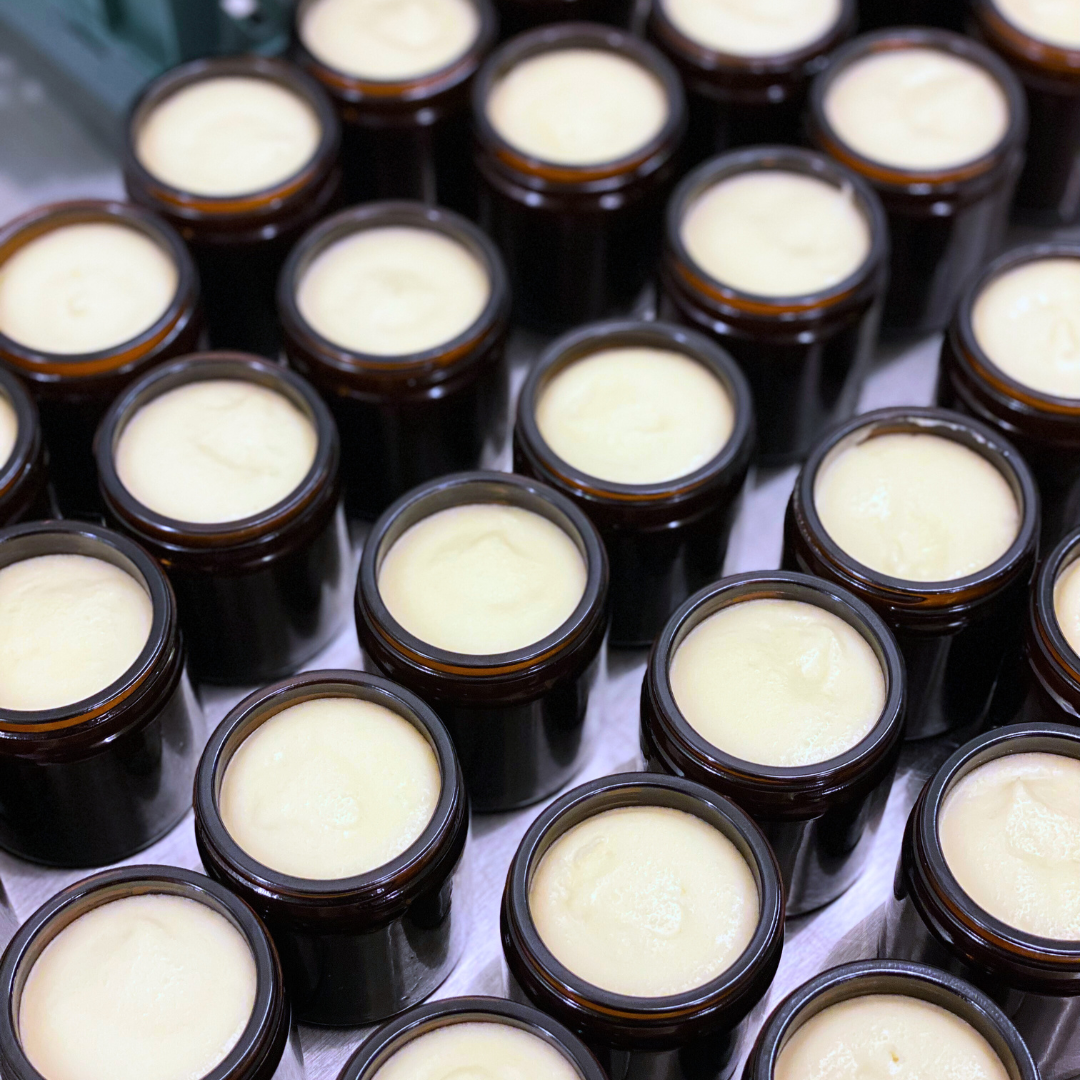

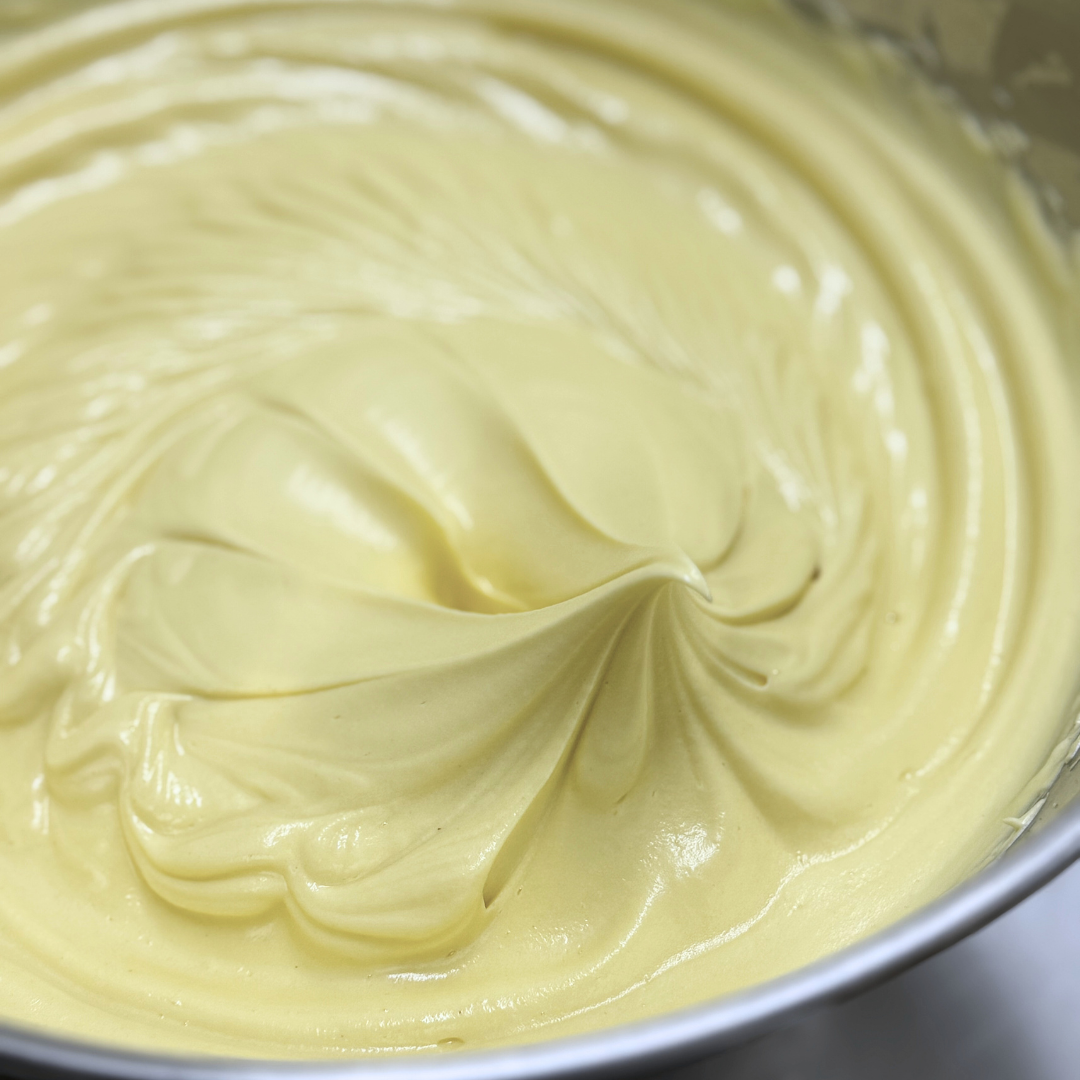

Varsamt tillverkad i Sverige och utan tillsatser eller konserveringsmedel
This is why you want to become a tallow lover
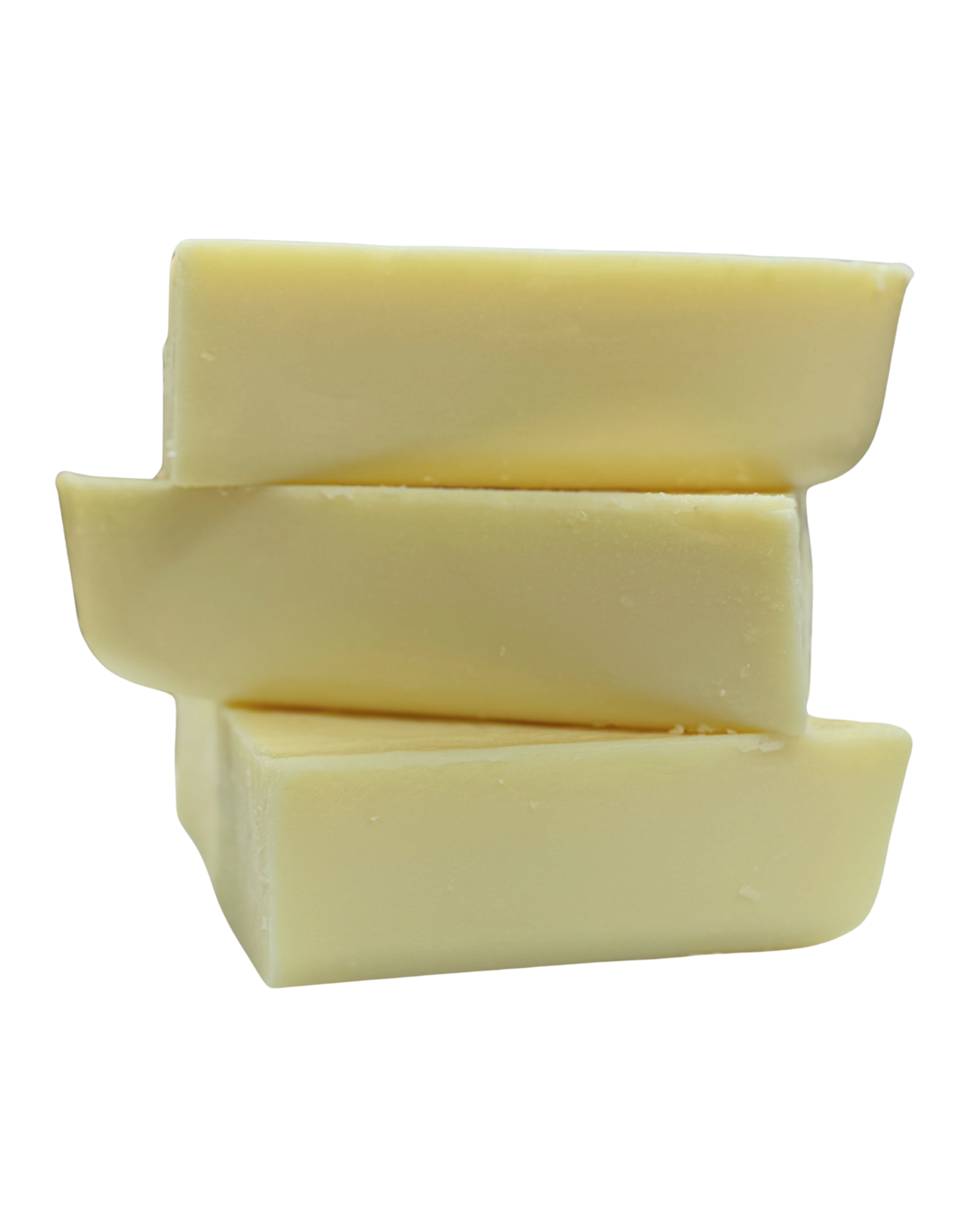
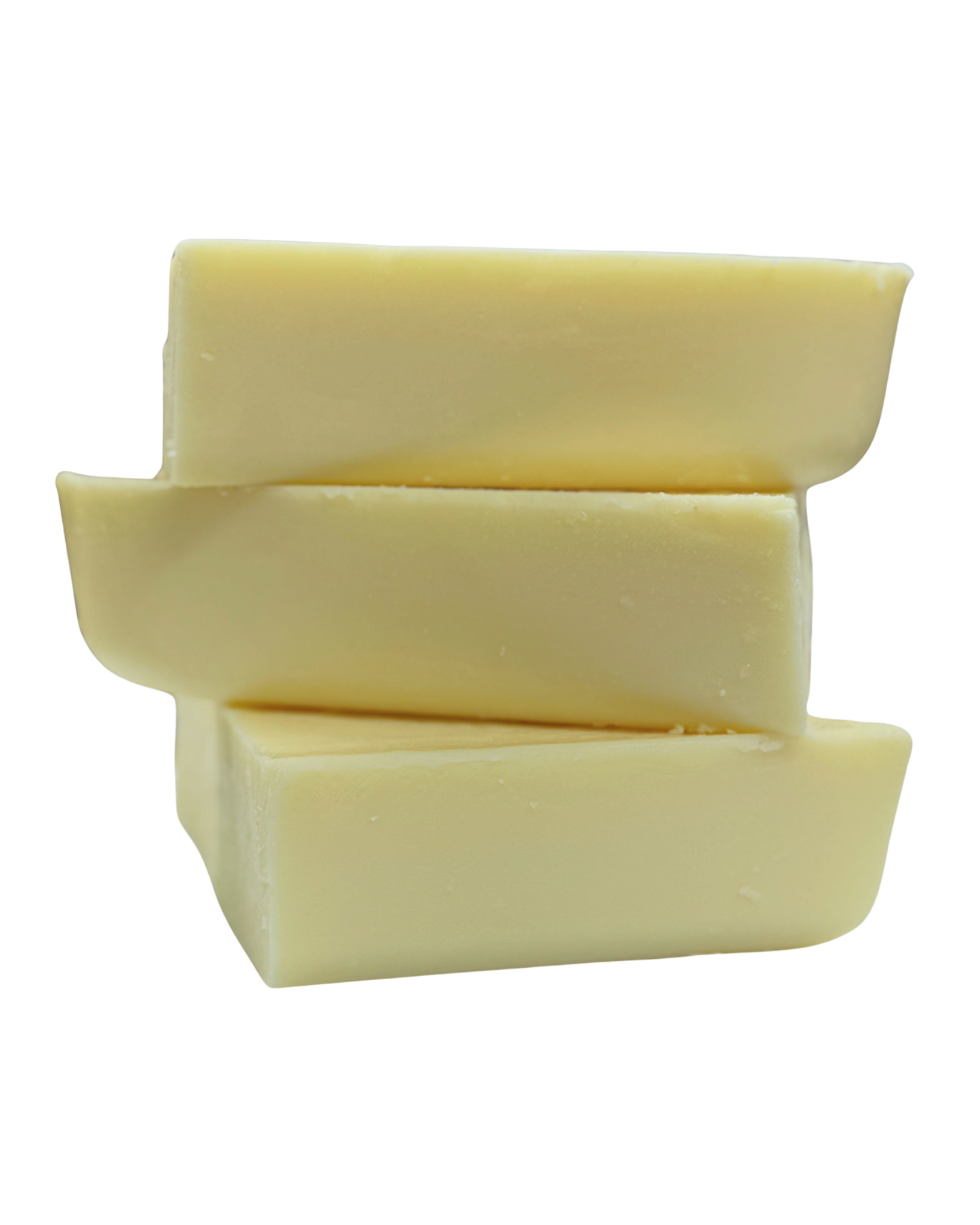
Sebum is similar to our skin
Sebum's similarity to our own skin's fat composition means it can mimic our own skin's nourishing and protective effects.
Swedish raw material
The tallow we use is from Swedish grass-grazing cows.
Also suitable for those with sensitive skin
There are many testimonials, if not scientific support, that it has a positive impact on rocacea and eczema.
Naturally with vitamins
Sebum has vitamins - A, D, K and in skin care the much-talked-about vitamin E.
Softening & moisturizing
With its similarity to our own skin's oil, it is absorbed effectively and helps the skin retain moisture.
We collaborate with Swedish farms
Swedish grass-fed farms that supply sustainable ingredients for our skincare
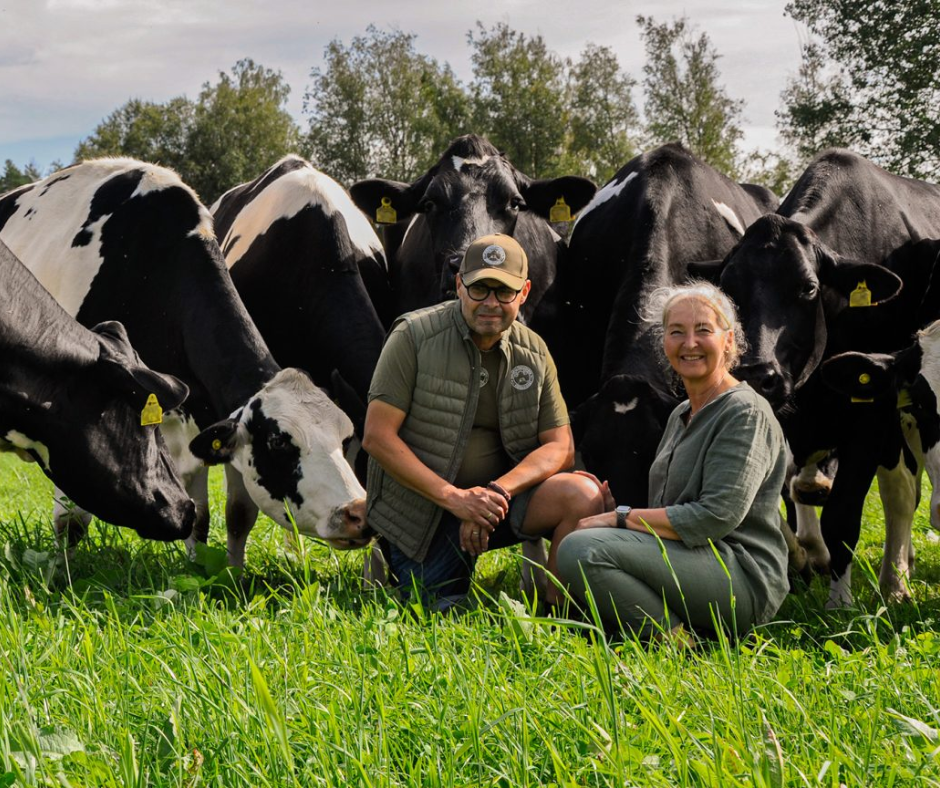

The Haghults' cows
We are so happy to collaborate with Ulrica and Carl-Johan who run a unique concept with a big heart for animal welfare, nature to take advantage of everything that animals give us. Their meat is climate certified and the animals only eat grass. Read more about their fantastic cow boarding house, the recow concept and all the community involvement on their own website. Haghultskossorna is located 50 kilometers south of Jönköping.
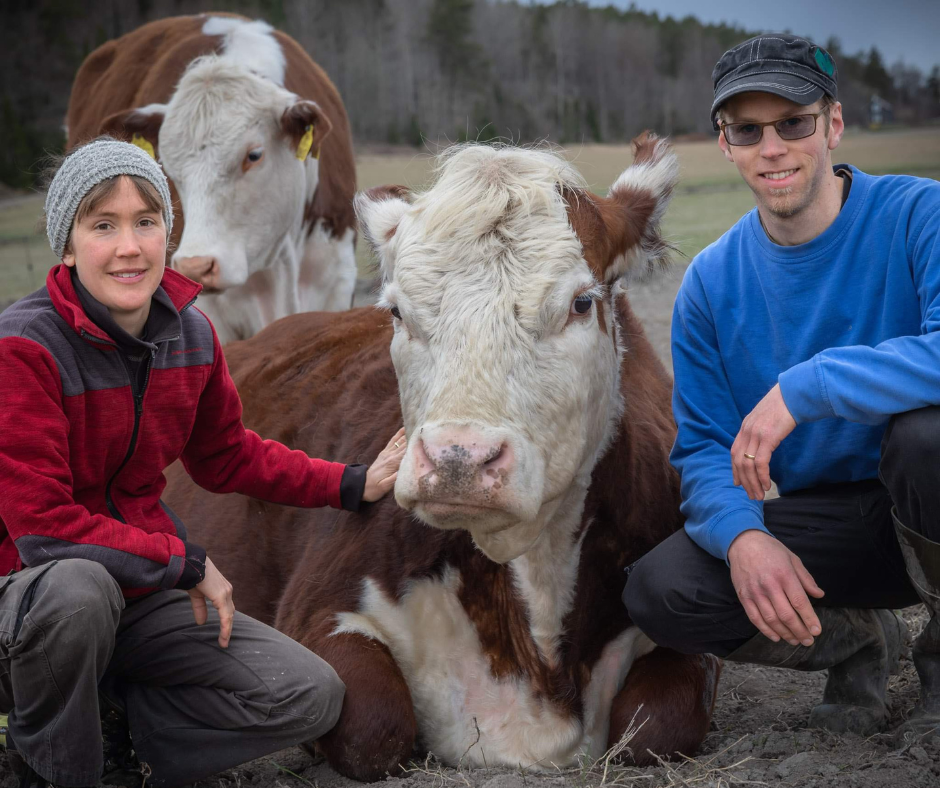

Sörtuna Farm
The farm has 50 cattle that go outside year-round and 450 laying hens that go to green pastures in the summer.
Beef is sold in meat boxes with a few delivery days per year, and nice brown green pasture eggs are always available in the egg shed, open every day year-round. Sörtuna Gård is run by Linus & Sandra.
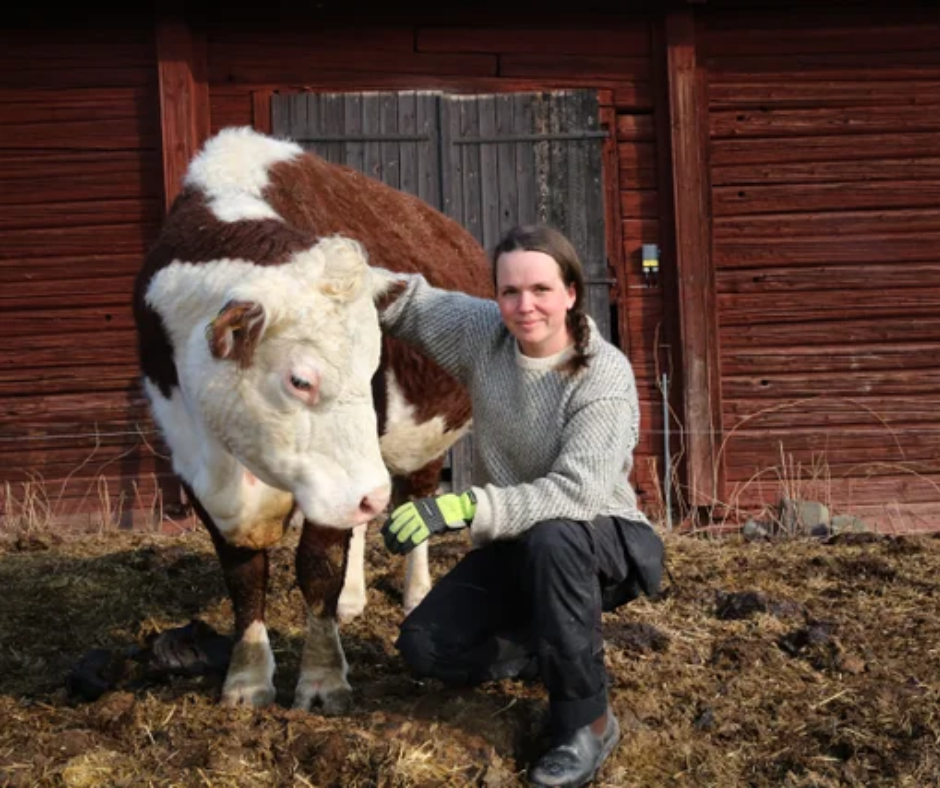

The Butcher's Yard
Slaktarn's Gård is a family business run by Kristina and Magnus. They work for healthy animals, living soil and biodiversity. Since 2010, they have brought the old family farm to life and produce nutritious ingredients such as meat, eggs and vegetables.
The operation is based on collaboration with landowners and neighbors, with a focus on sustainability and regenerative agriculture.
Frequently asked questions & answers about sebum
The very idea of smearing yourself with animal fat may not be so appealing initially. It sounds more like something our ancestors living in caves did. Not modern humans who have sophisticated laboratories and access to precise raw materials and delicate ingredients for the perfect skin cream.
In fact, humans have been using tallow for a long time in healthcare and household applications. It now appears, according to studies , that they knew exactly what they were doing!
In the past, everything that the animal had to offer was taken advantage of. The fat was an important source of energy and nutrition. The fatty parts, unlike today, were sought after. In recent centuries, you can read about tallow as an ingredient in home care, such as candles and soaps. In connection with the fact that saturated fat was seen as something unhealthy from the 50s, fat disappeared from both food and skin care. The fear of fat is still deeply rooted in us today, and vegetable oils have had a major impact in recent decades in the wake of the demonization of animal fat.
There are currently no studies that can show that saturated fat can cause disease. This has been thoroughly examined in many significant reviews over the past decade. In fact, there are studies today that show the importance of saturated fat for us humans.
Sebum is called "sebum" in Latin and refers to our sebaceous glands in the skin, which are our body's own emollient and regulate moisture and fat in our skin.
Be prepared to fall off your chair! You are about to learn about the perfect skincare routine.
Tallow is fat from cattle. Just like us humans, they have subcutaneous fat and fat that sits around the organs. This fat is called tallow. For our skin cream, we only use the tallow that sits around the animal's kidneys. So-called kidney tallow. It is healthy to both eat and apply to the skin due to its high content of vitamins, minerals and optimal fat composition.
The perfect skin care in that sebum is almost identical to our own skin fat composition. Our cell membranes are largely made up of fatty acids and 50% of that is saturated fat. You've probably only heard of saturated fat in connection with food - like butter - but it is an essential part of our cell membranes. The saturated fat gives our skin elasticity and stability.
Sebum's similarity to our own skin means it can mimic our own skin's nourishing and protective effects. Humans are animals so ingredients from the animal kingdom make more sense to us than the plant kingdom when it comes to finding natural skin care for us.
In addition to the optimal fat composition, tallow contains important fat-soluble vitamins - A, D, K and in skin care the much-mentioned vitamin E. The tallow we use is from Swedish grass-grazing, certified animals, which provides an optimal balance of omega-3 and omega-6 and 9 fatty acids (alpha linolenic acid and linolenic acid).
A perfect nutritious skin food!
Let's take a closer look at the contents of sebum and the effect it can have on our skin;
Vitamins A, D, E and K - are important nutrients and fat-soluble for both our inside and outside. Remember that the skin is our largest organ and also absorbs nutrients that way. These vitamins are found in abundance in sebum.
Omega3 and omega 6 fatty acids - The balance of these two is almost optimal, i.e. 1:1 in grass-fed fat. This provides a good balance of anti-inflammatory effects for the skin. There is much anecdotal evidence, if not scientific support, that it has a positive effect on rosacea and eczema.
Stearic acid and oleic acid - are fatty acids that are found mostly in our outer skin layer and in our sebaceous glands. They soften, moisturize, regenerate and have an anti-inflammatory effect. Stearic acid has a repairing effect and maintains the skin's flexibility. Oleic acid supports the nutrients to penetrate deep into the skin.
Conjugated Linoleic Acid - often referred to as CLA in skincare and is used for its anti-inflammatory effects and is also antimicrobial.
Palmitolic acid - has an active antimicrobial effect. It is also one of the components of our skin but which also decreases as we age.
Palmitic acid - helps our skin stay smooth and supple. Something that also decreases with age.
The nut algae that you see is a fantastic boost to nutrition and contains building blocks that our body knows well and can use to repair, soften, moisturize and maintain our skin.
Sebum is like your own skin and is easily absorbed.
Since the composition of sebum is almost identical to our own skin, it is easily picked up and absorbed by our skin. The body simply recognizes it!
According to the comedogenic scale - which shows how likely fat sources in cosmetics are to clog pores - sebum ranks low on a five-point scale. Both coconut and avocado fats, as well as soybean oil, are considered to be more likely to clog your pores.
But like many things, there can be too much of a good thing. In other words, "a little goes a long way" - if you feel like it's not getting into your skin, you've probably applied too much.
Modern research confirms the positive properties of sebum for our skin:
- Fallon, Sally, Enig, Mary G., PhD (2001). Nourishing Traditions. NewTrends Publishing, Inc., Washington: 11.
- Fallon: 18.
- James, William D.; Berger, Timothy; Elston, Dirk M. (2006). Andrews' Diseases of the Skin: Clinical Dermatology. Saunders Elsevier: 7.
- Thody, AJ; Shuster, S. (1989). "Control and Function of Sebaceous Glands". Physiological Reviews. 69 (2): 383–416.
- Barbara Boughton, Ph.D., Victor R. Wheatley, Ph.D. (August 1959). "The Fatty Acid Composition of the Skin Surface Fat ('Sebum') of Normal Human Subjects", Journal of Investigative Dermatology, Volume 33, Issue 2
- Cheng JB, Russell DW (September 2004). "Mammalian Wax Biosynthesis: II. Expression Cloning of Wax Synthase cDNAs Encoding a Member of the Acyltransferase Enzyme Family"
- Ip, C, JA Scimeca, et al. (1994). "Conjugated linoleic acid. A powerful anti-carcinogen from animal fat sources." Cancer 74(3 suppl):1050-4.
- Fallon: 19.
- Agree, Mary G., PhD (Winter 2007). Wise Traditions in Food, Farming and the Healing Arts. "Some Recent Studies on Fats".
